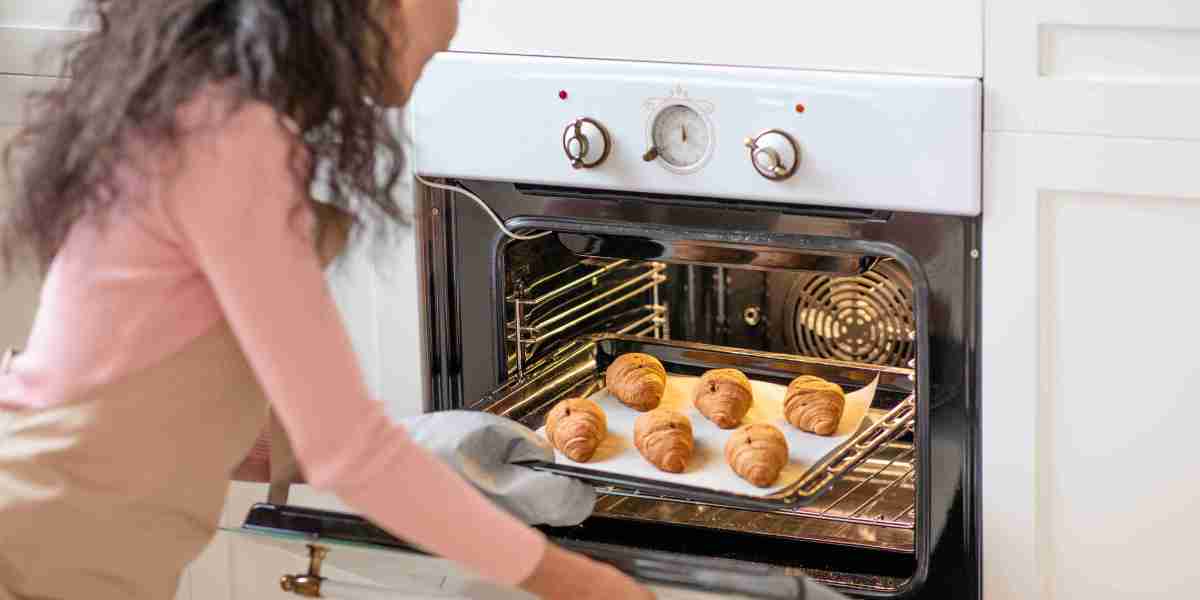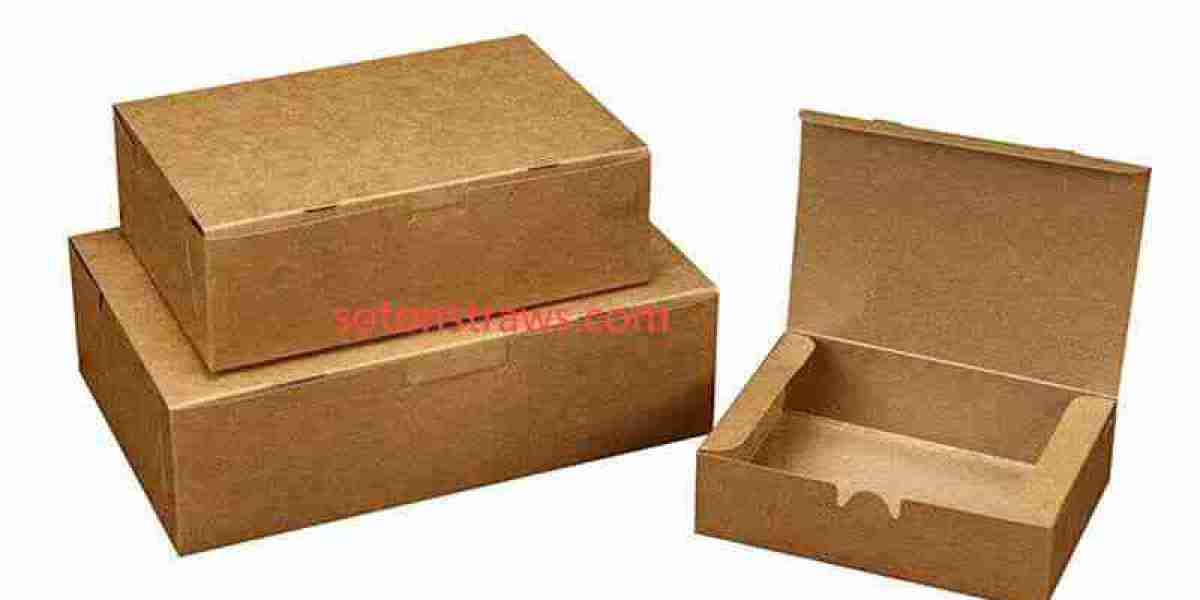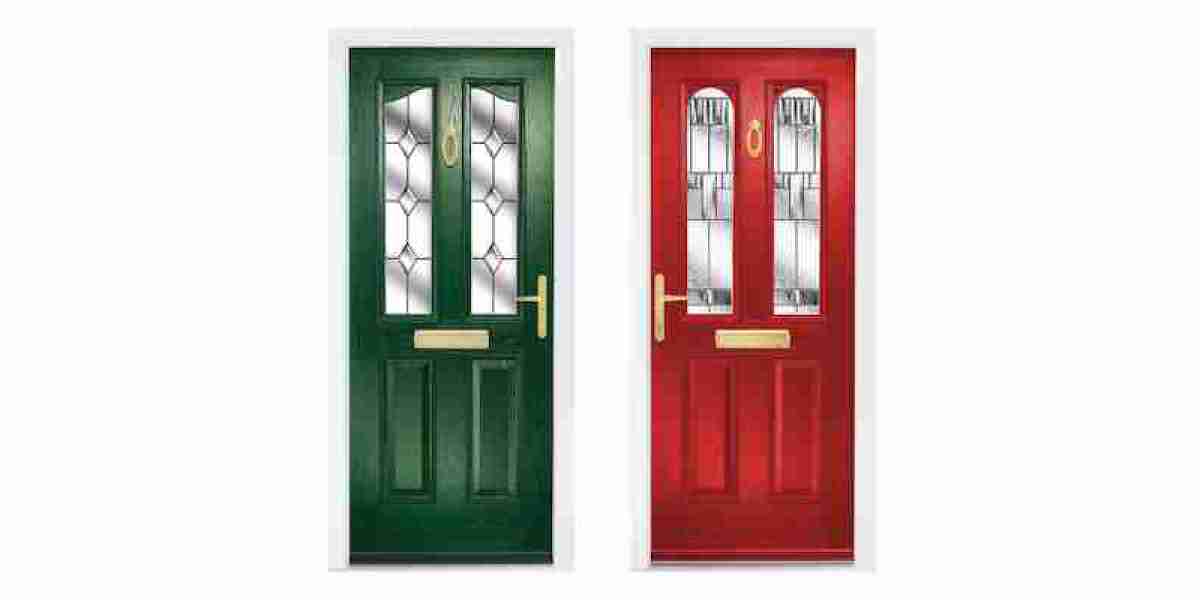The Ultimate Guide to Built-in Ovens: Enhancing Your Kitchen Experience
Built-in ovens have become a popular choice in modern kitchen areas, offering a blend of functionality, design, and benefit. Unlike conventional freestanding ovens, built-in ovens are integrated flawlessly into kitchen cabinetry, supplying a structured look that can enhance the aesthetic appeal of any kitchen. This post explores the various types of built-in ovens, their benefits, setup considerations, and upkeep tips.

Comprehending Built-in Ovens
Built-in built oven ovens are developed to be installed directly into kitchen cabinetry, enabling a more personalized kitchen setup. They usually can be found in 2 main types: single and double ovens.
Types of Built-in Ovens
Single Ovens: These units use one cooking compartment, perfect for smaller sized kitchen areas or homes where cooking needs are modest.
Double Ovens: As the name suggests, these units feature two different cooking compartments, permitting users to prepare several dishes at different temperature levels simultaneously. This is particularly beneficial for large households or those who often entertain guests.
Steam Ovens: These ovens cook food utilizing steam, which can assist retain moisture and nutrients. Steam ovens are gaining appeal due to their health advantages.
Combination Ovens: These flexible appliances integrate the functions of a regular oven and a microwave, making them best for fast cooking and reheating.
Key Features to Look For
When thinking about a built-in oven, there are a number of features that can improve your cooking experience:
Smart Technology: Many modern built-in ovens come geared up with wise technology, allowing users to manage their oven from another location through smart device apps. Functions include pre-heating the oven, changing cooking times, and monitoring cooking development.
Self-Cleaning Functions: Built-in ovens with self-cleaning capabilities can conserve effort and time in kitchen upkeep.
Convection Heating: This feature circulates hot air for even cooking, making it perfect for baking.
Safety Features: Look for models geared up with functions like cool-to-the-touch oven doors and automated shut-off options for included safety.
Benefits of Built-in Ovens
Aesthetic Appeal: Built-in Ovens & Hobs supply a streamlined and contemporary look that can enhance the general design of a kitchen. They can be integrated cookers into kitchen cabinetry, making them less invasive than freestanding models.
Area Efficiency: built in electric oven and hob-in ovens enhance kitchen area, especially in smaller sized kitchens where every inch counts. They can be put at eye level, making it easier to monitor cooking without bending down.
Improved Functionality: With their innovative features, Bosch Stainless Steel Built-In Electric Oven ovens offer enhanced cooking experiences and increased performance compared to standard ovens.
Installation Considerations
Installing a built-in oven requires cautious planning and factor to consider. Here are some key points to remember:
Space Requirements: Ensure that the chosen oven fits comfortably into the offered cabinet area. Measure the dimensions properly, accounting for ventilation and clearance requirements.
Electrical Requirements: Built-in ovens usually require a devoted electrical circuit. Seek advice from with an electrician for proper setup.
Ventilation: Proper ventilation is crucial for ideal oven performance. Verify that the setup area has adequate ventilation to prevent getting too hot and guarantee safe operation.
Expert Installation: While DIY setup may appear appealing, employing the assistance of a professional can make sure that the oven is set up properly and securely.
Setup Steps
| Installation Step | Description |
|---|---|
| Action 1: Measure | Step the cabinet opening for your oven. |
| Step 2: Prepare | Prepare the intergrated electric oven outlet and ventilation choices. |
| Step 3: Connect | Link the oven to power, guaranteeing all precaution are complied with. |
| Step 4: Secure | Secure the oven within the cabinetry, using proper screws and brackets. |
| Step 5: Test | Run a test to guarantee the oven is operating correctly. |
Upkeep Tips
Regular upkeep can extend the life of your built-in oven and guarantee optimal efficiency. Here are some upkeep ideas:
Clean Regularly: Wipe down the oven exterior and clean the interior routinely. Use self-cleaning functions where offered.
Check Seals: Ensure that door seals are undamaged to maintain effectiveness and cooking efficiency.
Display Performance: Pay attention to how your oven functions-- if you notice uneven cooking or uncommon sounds, it may require professional servicing.
Follow Manufacturer Guidelines: Always stick to the maintenance guidelines supplied by the maker. This can help avoid concerns and ensure that warranties remain legitimate.
Frequently Asked Questions about Built-in Ovens
What is the distinction in between a built-in oven and a freestanding oven?
- Built-in ovens are integrated into kitchen cabinetry, offering a structured look, while freestanding ovens are standalone appliances that can be put anywhere in the kitchen.
Do built-in ovens require more maintenance than regular ovens?
- Not always. Upkeep depends upon use and cleaning routines more than the type of oven. Regular care is important for all ovens.
Can I set up a built-in oven myself?
- While it is possible to install a built-in oven yourself, it is suggested to hire a professional to ensure safe and accurate setup, especially regarding electrical requirements.
What are the typical expenses of built-in ovens?
- Costs can vary considerably based upon brand name, features, and specs. Fundamental designs may start around ₤ 800, while high-end designs can surpass ₤ 3,000.
Are built-in ovens energy-efficient?
- Many contemporary built-in ovens are designed to be energy-efficient. Try to find designs with an ENERGY STAR certification for the best performance.
In conclusion, built-in ovens are an excellent addition to any contemporary kitchen, combining aesthetics with functionality. By understanding the different kinds of built-in ovens, their functions, and the associated installation and upkeep requirements, property owners can make an educated decision that enhances their cooking experience and total kitchen style. As cooking innovation evolves, built-in ovens are most likely to play an integral role in the future of home cooking areas, making sure tasty meals are prepared with ease and benefit.








